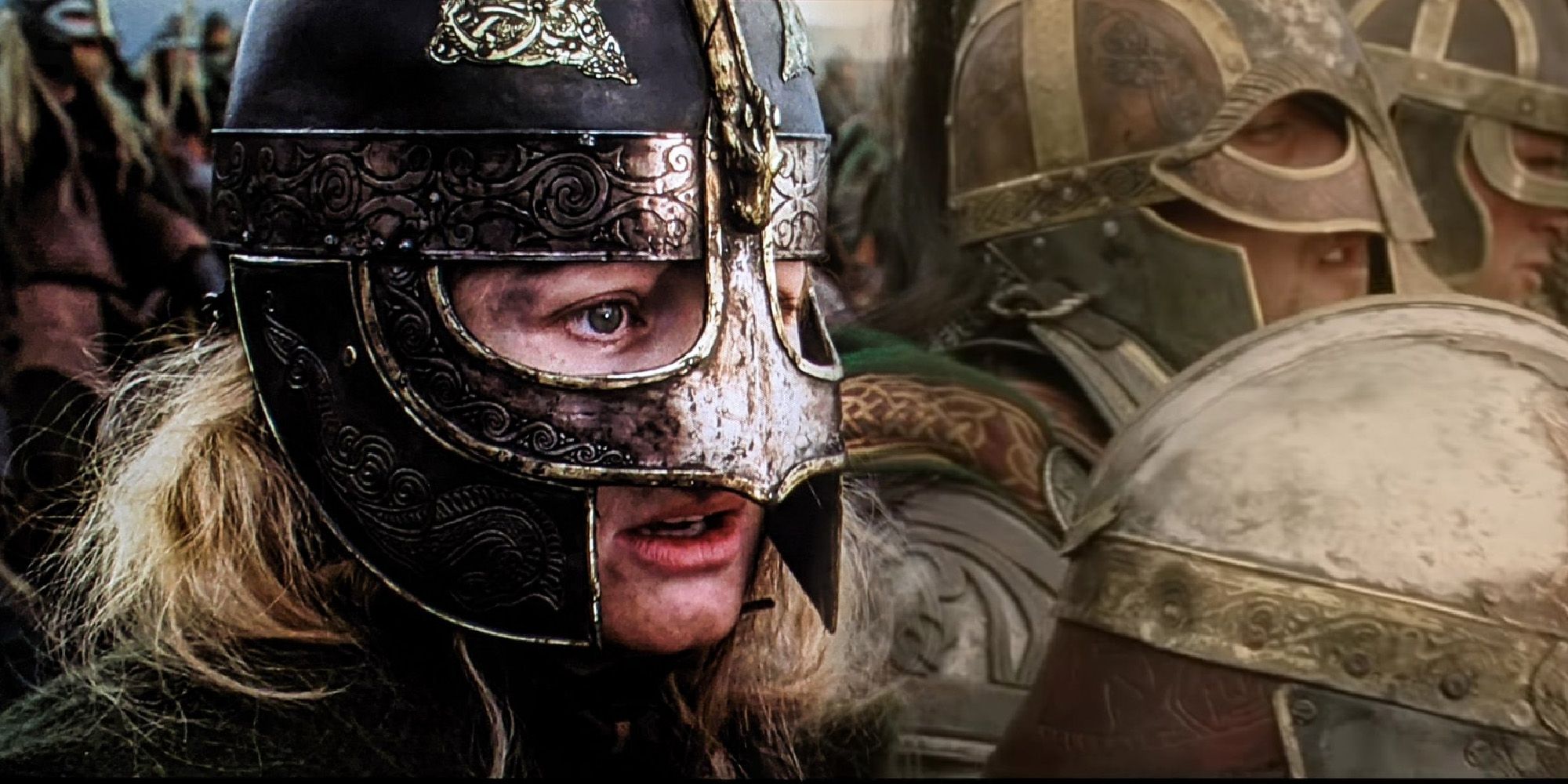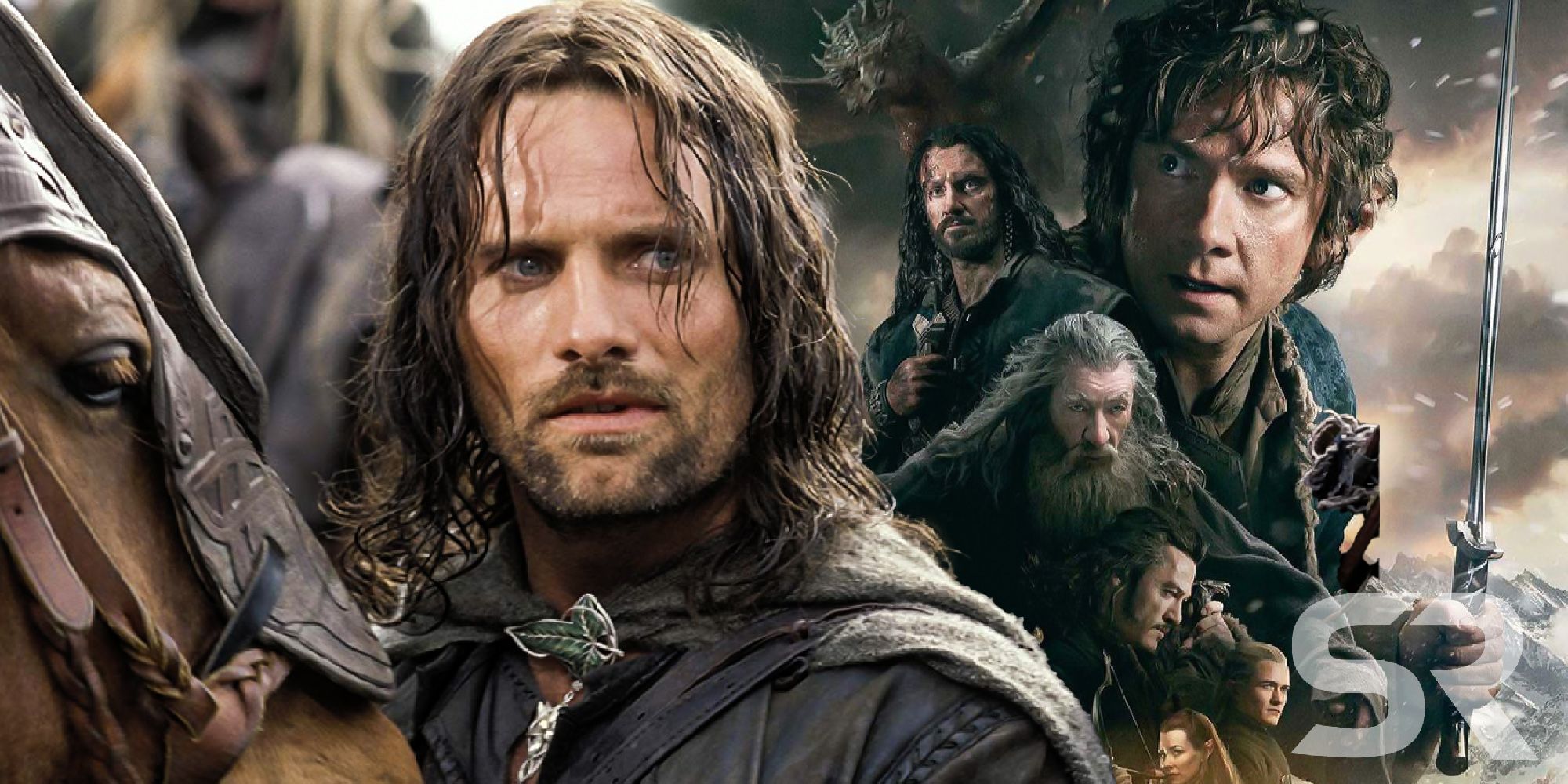Now that new images on social media have provided a sneak peek into the changes made amidst the 4K restoration of The Lord of the Rings films, it's become clear that this "upgrade" is hardly in keeping with what made the iconic fantasy franchise great in the first place. The Academy-Award-winning director and his team have revisited their groundbreaking trilogy in a move that reeks of George Lucas' meddling with his Star Wars trilogy years after release. Beyond that unpleasant comparison, the changes ignore the creative synergy that the original look lent to the immersive world of Tolkien realized on the big screen.
The task laid before Jackson and company in 1999 was tall, as the Rings novels had been notoriously difficult to adapt; yet, the director rose to the challenge in outstanding fashion. The trilogy quickly earned its reputation as the prototype for contemporary fantasy franchise filmmaking, winning critical and commercial success in abundance. Though the original films were groundbreaking for their time, the subsequent Hobbit trilogy took advantage of even newer technologies which had become available in the decade since Rings. Now, nearly 20 years after the release of Fellowship, Jackson has sought to reconcile the two trilogies by allowing the former to enjoy the benefits of the latter by way of a remaster.
Yet, modernizing LOTR, no matter how enjoyable an exercise, removes something integral to the original films that made them so powerful. The combination of Jackson's devotion (but not cumbersome obligation) to the source material, the evocative score contributed by Howard Shore, and yes, the distinct visual style came together to create a series as magical as its source material. The lackluster reception to The Hobbit proved that efforts to recapture that lightning in a bottle were a fool's errand. The high dynamic range and stark color contrast in the images of the CGI-laden Hobbit films paled in comparison to the richness and warmth of the original trilogy photography. Where the Rings trilogy transported audiences to an otherworldly, yet grounded Middle Earth, the Hobbit films placed them in a saccharine imitation of the fantasy land they'd once loved.
Why, then, would Jackson seek to remake his classic trilogy in the image of its less-successful ancestor? Perhaps it's a symptom of the franchise-helming-director condition to meddle and tinker ad nauseam with trilogies. This does not excuse, however, the failure to recognize these changes for what they are: unnecessarily messing with a good thing. The market is saturated with gritty, HDR descendants of Jackson's own work; Game of Thrones, The Witcher, and many others bear the Rings genes in their DNA. To overhaul the films' visual style in keeping with modern trends is counterintuitive to their foundational greatness.
The Lord of the Rings will live on, whether in the form of this remaster or by way of the Amazon's gargantuan production of a Rings series. No matter which direction the franchise takes, devoted fans will always be able to relish in the memories of a series of films which continues to tower over its genre. And for others still thirsty for more Middle Earth content, there's no shortage in sight.


